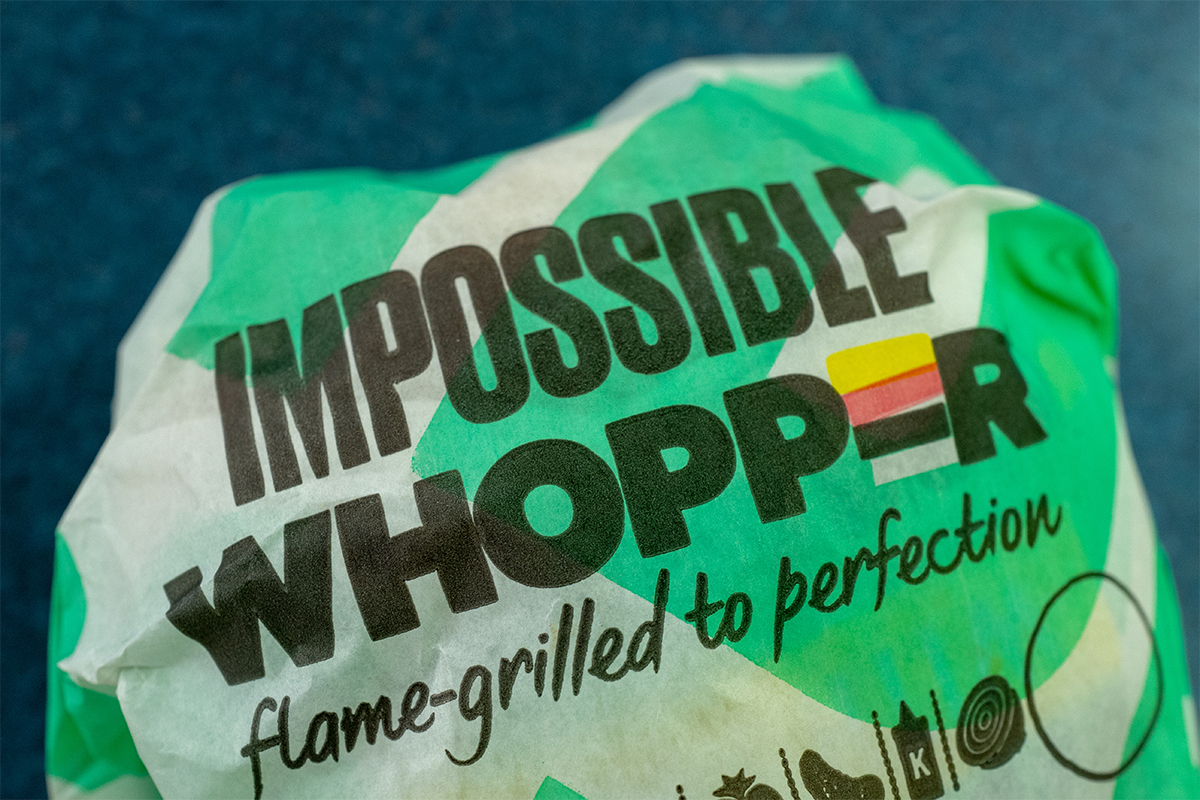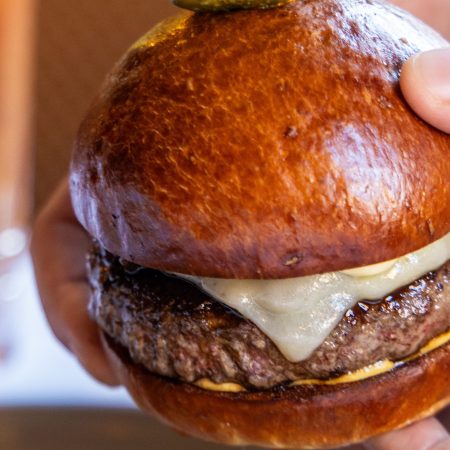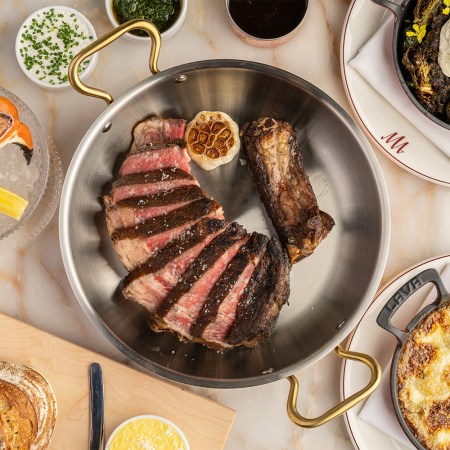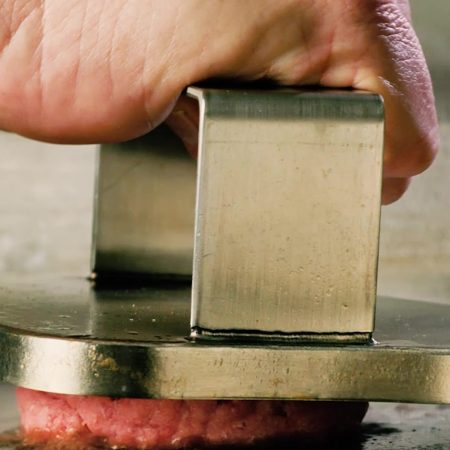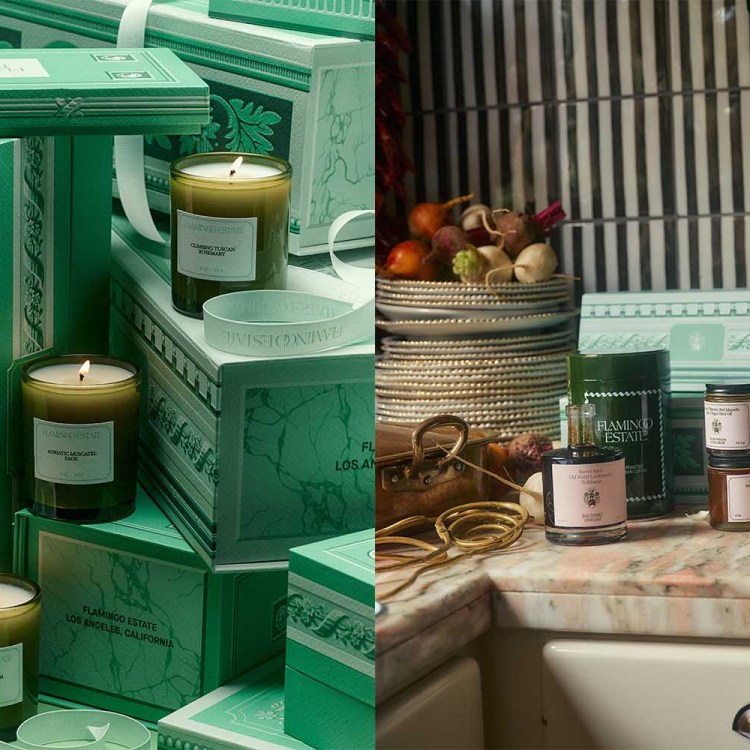When home for the holidays, I’m accustomed to a bounty of home cooking, gargantuan portions, a bottomless cookie jar and a maze of Tupperware leftovers. My last visit home was not on holiday, but, like so many of my millennial peers, to quarantine. Since I was home for the long haul, I was expected to help out in the kitchen more than usual.
My mom acquired an outdoor grill that quickly became my domain, and I didn’t mind. I would listen to the radio, crack a Zipline Kölsch and enjoy the last light from the back deck. I grilled steak and salmon, vegetable medleys, chicken kebabs and lots of cheeseburgers.
Until this summer, I’d never felt comfortable cooking meat. Perennially afraid of undercooking, I almost always overcooked the meat into something dry and chewy. But with a grill, it was all incredibly easy, and simply cooking over a fire enhanced all flavor and texture.
The self-satisfaction I felt from my newfound competency at the grill took on deeper meaning after I read about “dude food” in Emily Contois’s new book Diners, Dudes, and Diets. In its examination of dude food as a reflection of masculinity, the book seeks to untangle a thicket of issues surrounding body image, consumer behavior and societal gendering of food. In doing so, Contois takes a critical eye to everything from “brogurt” and White Claw to Guy Fieri’s empire of flavor and dad bods.
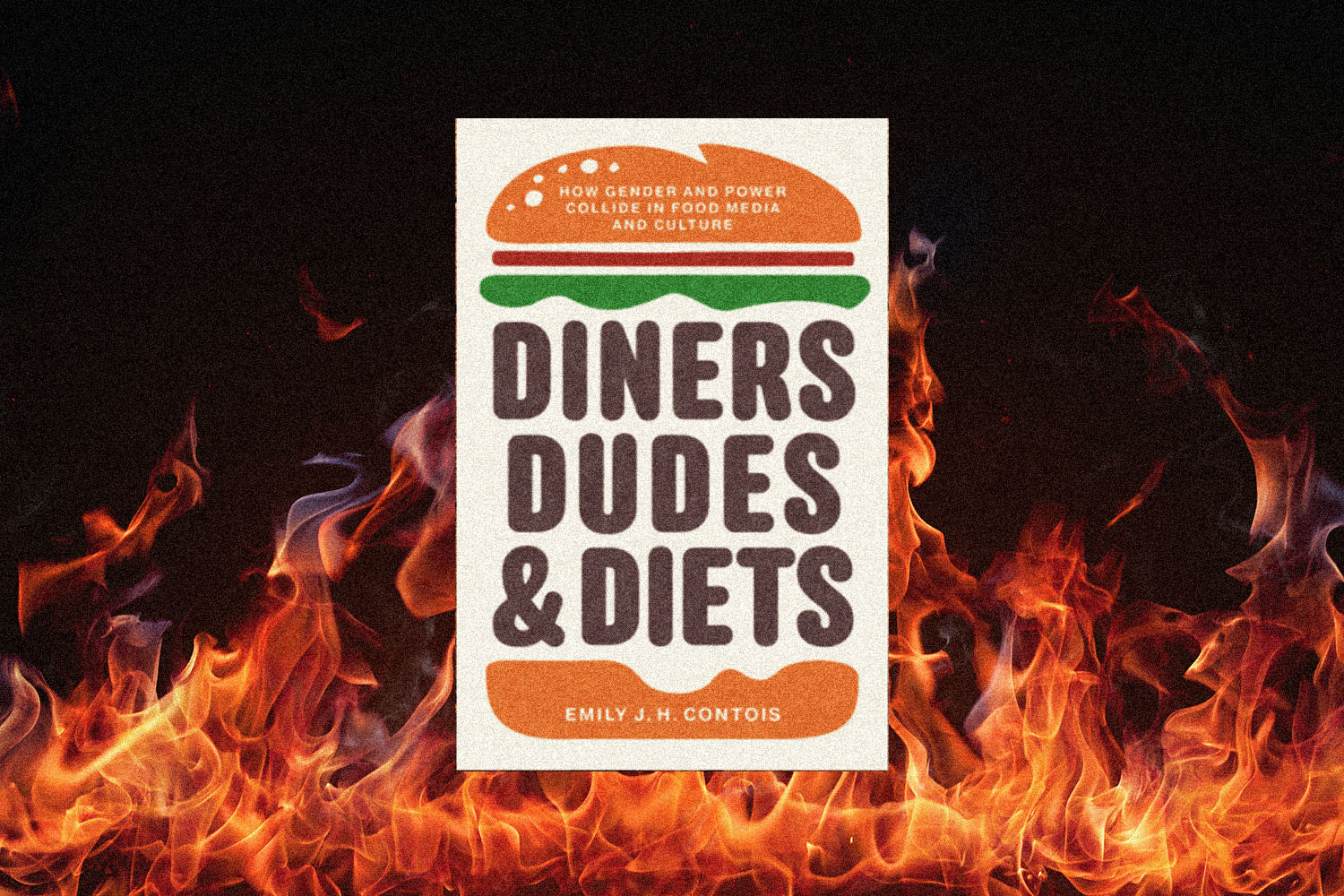
Shortly after the Second World War, food companies came to view men as an untapped market and began repackaging food products and tailoring their messaging to appeal to a male audience. Fully aware that sending a man into the kitchen breached gendered social scripts, advertisers fashioned a personality Contois called “the dude” who, because of his “whatever” attitude, bucked hardened conventions of masculinity while still keeping femininity at arm’s length.
The dude celebrates the slacker. The dude is care-free and immune to societal pressures to be industrious and competitive. The dude is kind of a rebel, in his own lazy way. And yes, sometimes, the dude cooks.
So then, what is dude food? Dude food is “comfort food with an edge of competitive destruction,” Contois tells InsideHook. One of her favorite examples is the Four Horsemen of the Apocalypse burger in Ontario: a pair of beef patties with two onion rings and, instead of buns, two grilled cheese sandwiches. These meat castles are almost always high in protein and jam-packed with flavor. Sam Sifton, food editor at the New York Times, defined dude food as “a cuisine that sits at the intersection of stoner and tailgate.”
Looking at #meatporn on Instagram, Contois describes oozing sauces, glistening fat and an angle intended “to display the full girth and height of immense sandwiches and bulging burgers.” These photos, which threaten to raise your cholesterol just by looking at them, stand in stark contrast to the clean, green, white-washed aesthetic of grain or açaí bowls.
As was the case with shopping for food, dieting was historically seen as a strictly female endeavor. To bring men into the fold, companies reframed dieting as “getting in shape” and introduced special programs for men, emphasizing that “their appetites need not be restrained in order to lose weight.” One of the more successful marketing strategies deployed by Weight Watchers was hiring retired celebrity athletes like Charles Barkley and Dan Marino to serve as spokespersons to break down the stigma against men dieting and caring about their figure. Although stress and anxiety has edged out obesity to become the top health concern for many Americans, the social pressure to slim down made dieting an enormous market, which, in many ways, prefigured the booming health and wellness industry of today. In 2007, Contois reports, “more than 100 million dieters spent $20 billion annually on weight loss,” and those numbers have only grown since.
Nevertheless, fears of what Contois terms “gender contamination” persist even today. Her book opens with one man’s hilarious insecurity: “Will eating Luna Bars turn me into a woman?” I snickered reading this, but his concern was genuine, and he was not alone. Just recently, InsideHook revisited the story of one doctor who went viral for falsely claiming plant-based burgers will give you boobs because they’re loaded with estrogen. However illogical, these fears have been around a long time.
If, as Contois writes, “dude food charts socially acceptable pathways into the kitchen for men,” then Guy Fieri was hooting in the kitchen ready to give them a congratulatory ass slap for making it. Before Fieri ever hosted his own show, he was a contestant on Food Network’s Next Food Network Star, where he claimed lasagna as his spirit food: “Multilayered, meaty, a little cheesy, a little spicy, and I’d feed everyone.” In contrast to the polished images of culinary professionalism, Fieri’s frosted tips, gas-station shades and XXL bowling shirts make him look like “a flaming-skull decal brought to life.”
In the early 2000s, Food Network pivoted from an audience of cooks to eaters and, in an era in which personalities have come to dominate media and branding, Fieri’s “populist persona” made him a perfect candidate to lead the charge. The so-called Mayor of Flavortown quickly assembled his own media empire, inspiring legions of fans, Halloween costumes, a website mapping all the destinations in his show, FieriCon (a spinoff of Santa Con) and fan fiction, the most famous of which imagined Fieri in a bromance with Senator Ted Cruz of Texas.
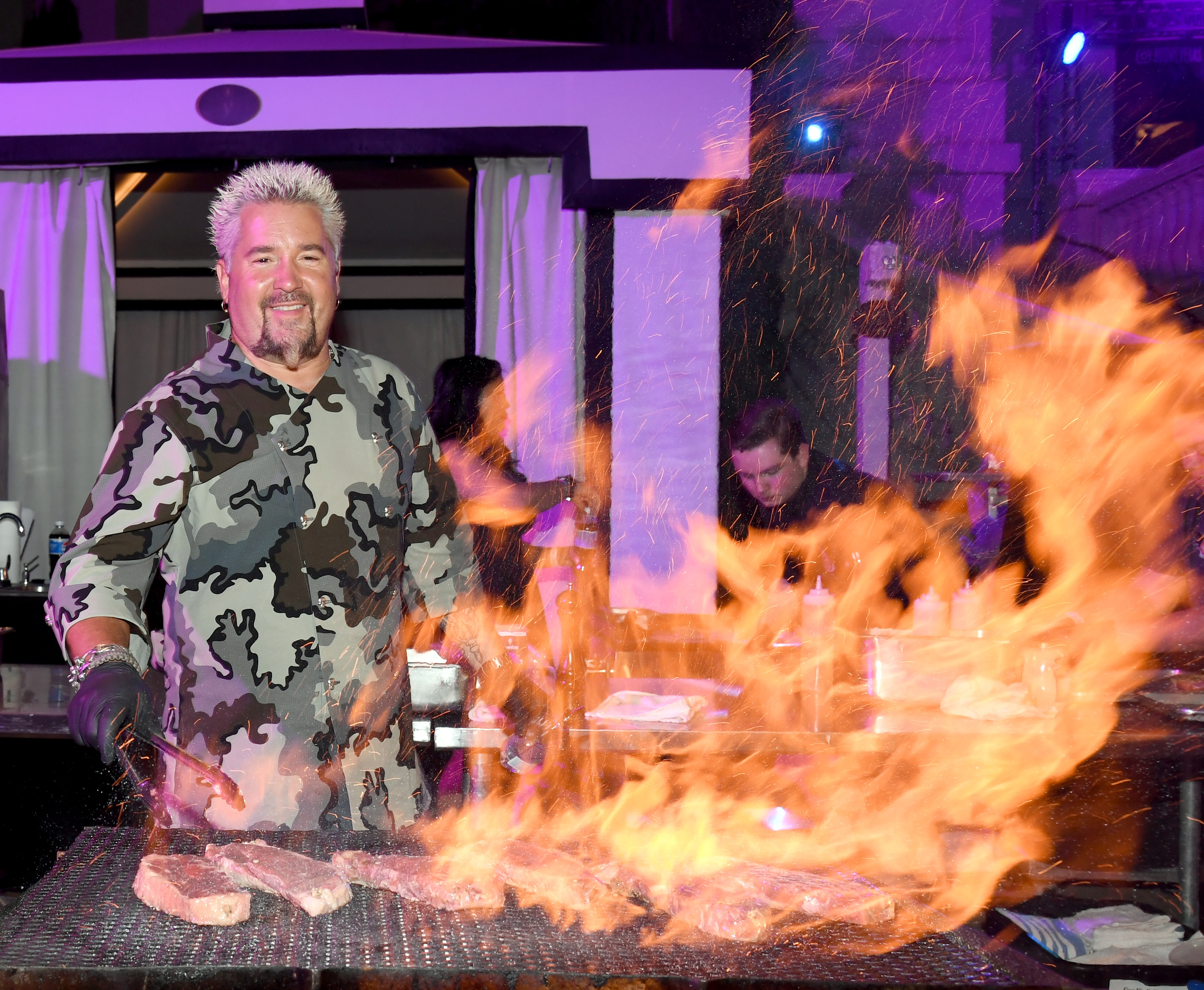
Today, foodie culture is so ubiquitous I couldn’t help but wonder if these gendered scripts around food hadn’t been loosened. Isn’t dude food just comfort food? Can we drop the gender labels? Or am I just being a dude?
Turns out the industry agrees, and increasingly, brands have moved away from gendering their products in favor of more inclusive and gender-neutral language. “The dude, particularly after 2016, started to lose its footing,” says Contois. “It’s just totally out of step with the way culture is moving.” According to Contois, this is particularly true of young people, who have a more fluid understanding of gender and greater concern for both physical and mental health.
Though I certainly miss the ease of grilling this summer, I have found comfort elsewhere in the kitchen. Last night, I made a time-consuming mushroom risotto with peas. Today, I’ll make Velveeta mac and cheese with broccoli. You do you, dude.
Join America's Fastest Growing Spirits Newsletter THE SPILL. Unlock all the reviews, recipes and revelry — and get 15% off award-winning La Tierra de Acre Mezcal.

